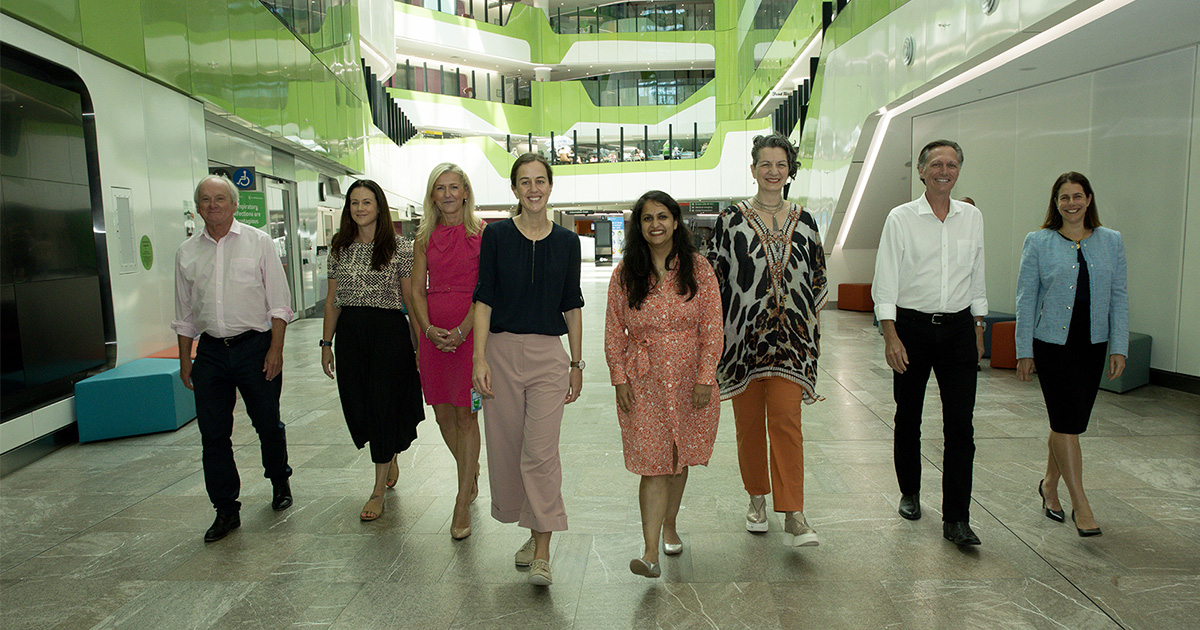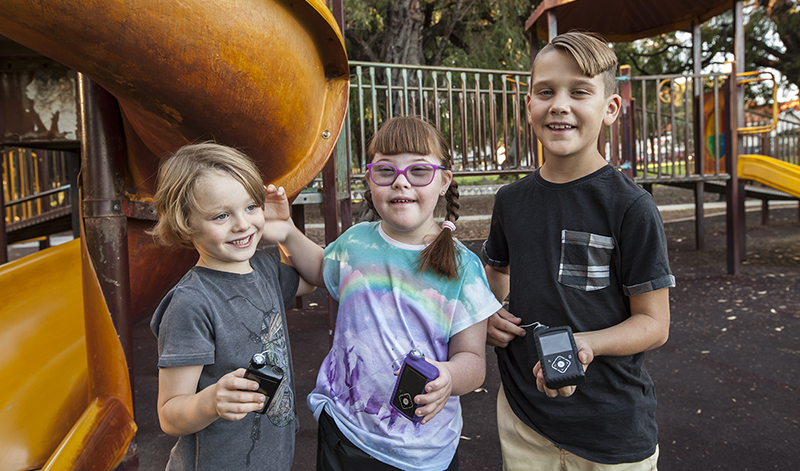Search
Research
Neurocognitive outcomes of children with type 1 diabetes mellitusTo conduct an analysis of children with TIDM’s cognitive profile at an age in which both cognition and cortical development are still maturing
Research
Early environmental determinants of pancreatic islet autoimmunity: a pregnancy to early life cohort study in children at risk of type 1 diabetesThis study is looking for the causes of type 1 diabetes, so that we can find ways to prevent it.

News & Events
PhD pathway program ensuring bright future for clinical research in WATwo outstanding Perth Children’s Hospital clinicians will be supported to pursue a career in medical research, paving the way for more clinician-scientists in Western Australia.

News & Events
Five things that may surprise you about type 1 diabetesProfessor Liz Davis reveals five things you might not know about type 1 diabetes.
Research
Standardised mortality is increased three-fold in a population-based sample of children and adolescents with type 1 diabetesFatalities in children and adolescents (1-17 yr) with T1DM were identified from the Western Australia Children's Diabetes Database between 1987-2011.
Research
Anaphylaxis triggered by benzyl benzoate in a preparation of depot testosterone undecanoateWe report the first case of an anaphylactic reaction to Reandron 1000 (depot testosterone undecanoate with a castor oil and benzyl benzoate vehicle).
Research
Neurocognitive Outcomes in Young Adults With Early-Onset Type 1 DiabetesThe aim of this study was to reexamine the neurocognitive function of a cohort of young adults with early-onset type 1 diabetes and compare their cognitive...
Research
Lower cardiorespiratory fitness in children with Type 1 diabetesThe present study aimed to compare cardiorespiratory fitness levels in children with and without Type 1 diabetes.
Research
Perinatal risk factors for childhood Type 1 diabetes in Western Australia - a population-based study (1980-2002)To investigate perinatal risk factors for childhood Type 1 diabetes in Western Australia, using a complete population-based cohort.
Research
A Database of the Complications of Obesity in ChildrenThe Obesity Database records the characteristics and medical complications of children with obesity who present to treatment at Princess Margaret Hospital
